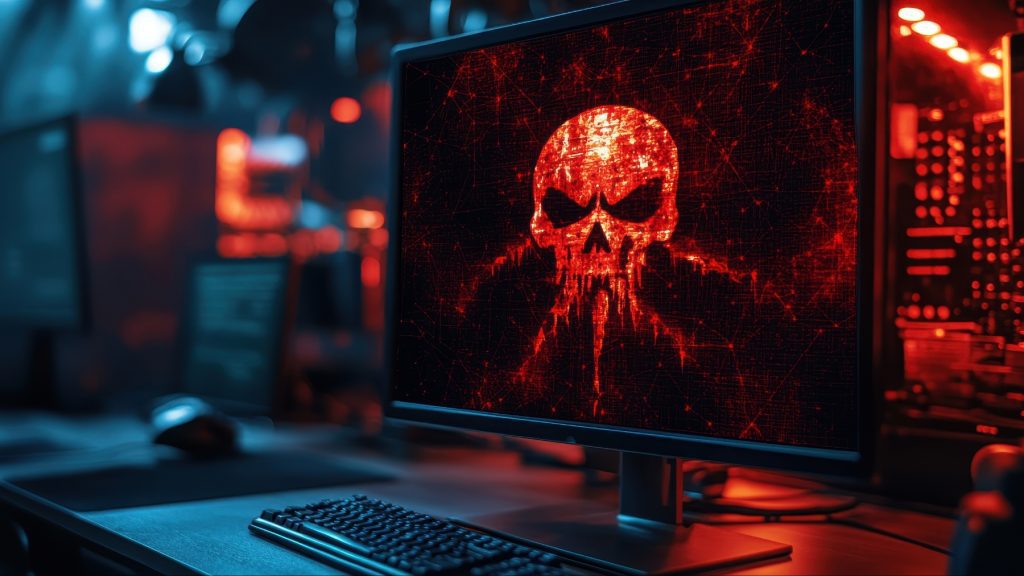
Cybersecurity experts urging AI-powered malware detection, warning that 2024 granted entrance to a new, dangerous, epoch for intelligent malware with real-time adaptation, through machine learning techniques to evade detection, customize attacks, and vulnerabilities exploitation with un-heard of precision.
Unlike traditional malware with fixed behaviors, these self-modifying programs analyze stolen data, and perhaps most unsettling is the precision with which these tools can victimize their targets.
By analyzing massive amounts of data – often stolen in previous breaches – AI generated malware can craft custom phishing exploits or zero in on specific systemic vulnerabilities. Once it’s inside, it then mutates, often lying in wait until the moment is ripe to strike.
AI in malware detection can learn, adapt, and evolve in real time – altering its code, mimicking human behavior, and hiding within networks, making it much harder to detect or stop. Cybersecurity experts warn that AI-driven malware can optimize its attack techniques without input, even modifying its strategy mid-attack based on encountered defenses.
Perhaps most unsettling is the precision with which these tools can victimize their targets. By analyzing massive amounts of data often stolen in previous breaches, AI generated malware can craft custom phishing exploits or zero in on specific systemic vulnerabilities. It gets inside, then mutates, often lying in wait until the moment is ripe to strike.
How Is AI-Driven Malware Evolving to Evade Detection
AI not only renders attacks more intelligent it also makes them faster. Machine learning can search for vulnerabilities by industry or platform in a few seconds. Cyber attackers can now generate sophisticated, tailored AI created malware without having to hand-code every line. Polymorphic malware, malware that changes form with every new implementation, is one of the ways in which such tools are still ahead of the conventional antivirus methodologies.
In the meantime, these threats are stealthier than ever. Thanks to machine learning, AI- powered malware detection can mimic legitimate software and move undetected through systems. If it finds a protected environment, it may pause activity.
In lower-level systems, it moves fast exfiltrating data, encrypting files, or spreading further.
How Can Organizations Protect Themselves From AI-Generated Malware
The cybersecurity sector is fighting back with AI creating malware tools. These offerings comb through vast network data to spot even tiny anomalies, flagging unusual activity like unexpected file access or peculiar login behavior. AI also speeds up response times quarantining infected devices or installing security patches automatically in real time.
However, the war is far from over. As defensive AI tools improve, so do the methods of the attackers. Malware detection using AI can learn from those tools and adapt, creating a constant cycle of challenge and response. It is no longer a static battle, it’s a race.
Organizations are now faced with the double responsibility of adopting robust security tech and also educating their workforce. In the age of generative AI malware phishing emails and deepfake scams, human vigilance remains an important line of defense.
As this cyber arms race continues to unfold, one thing is for sure, fighting AI-powered malware detection threats requires smart tech, along with smarter tactics. The future of cybersecurity depends on staying one step ahead.
Inside Telecom provides you with an extensive list of content covering all aspects of the tech industry. Keep an eye on our Cybersecurity sections to stay informed and up-to-date with our daily articles.